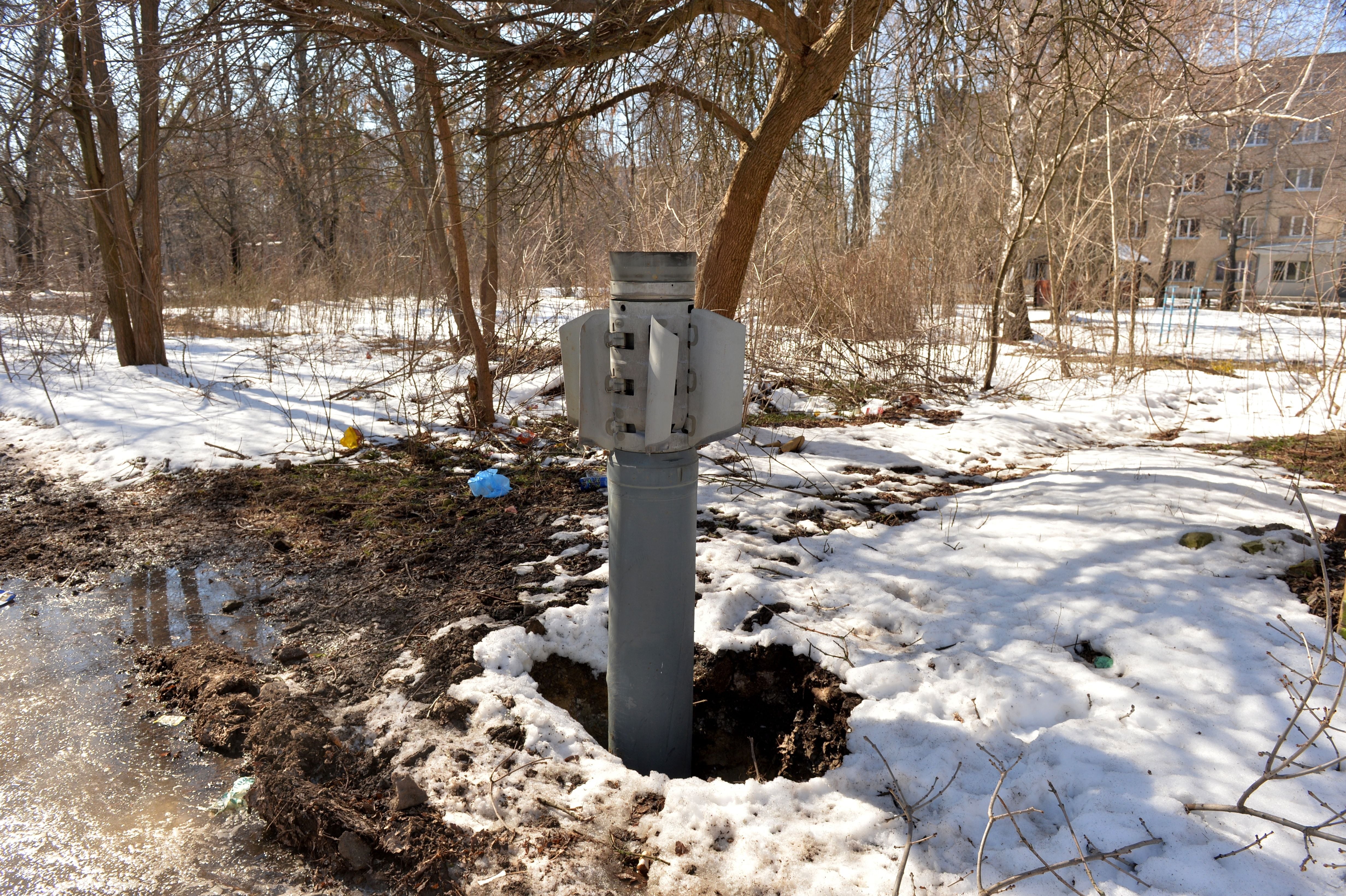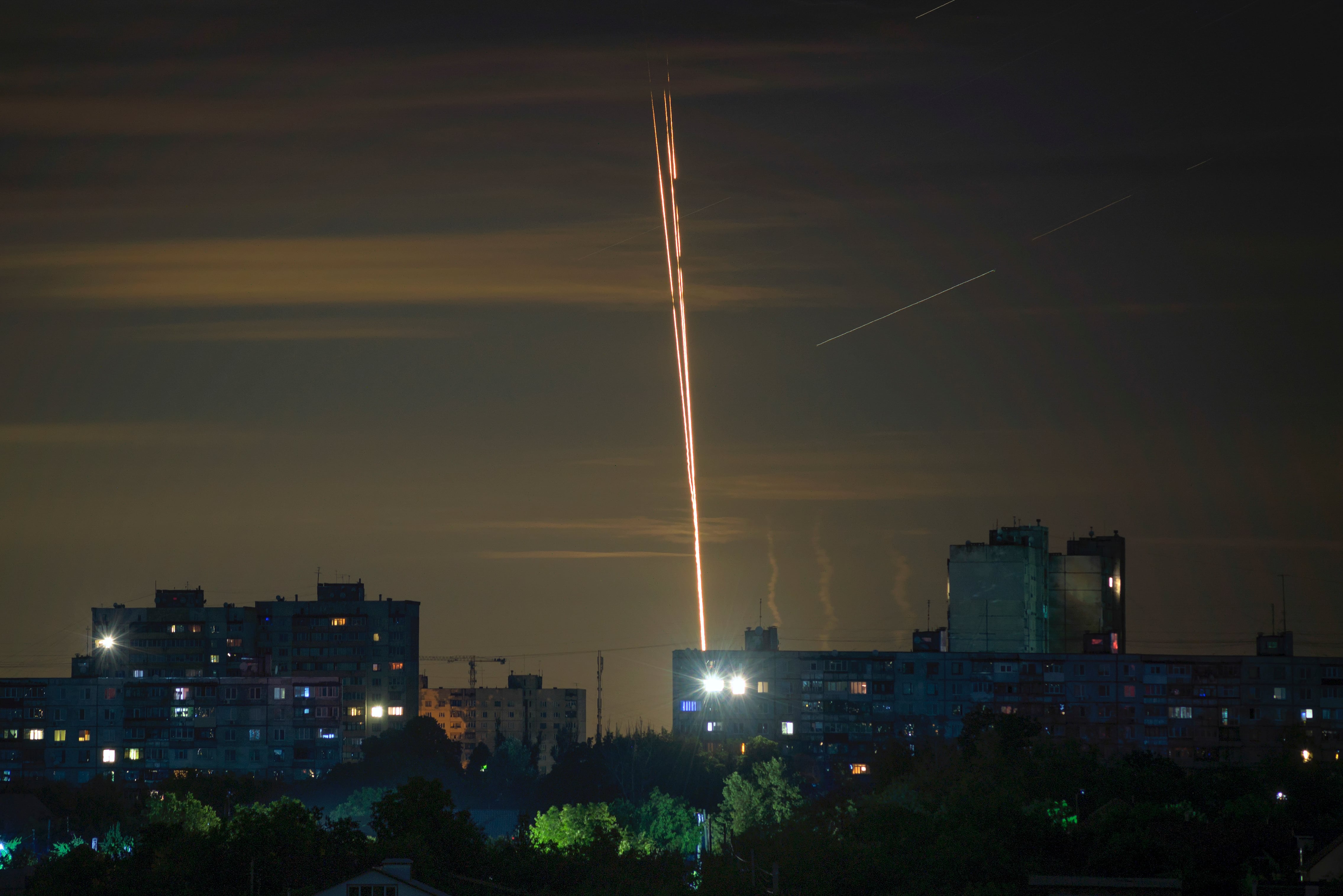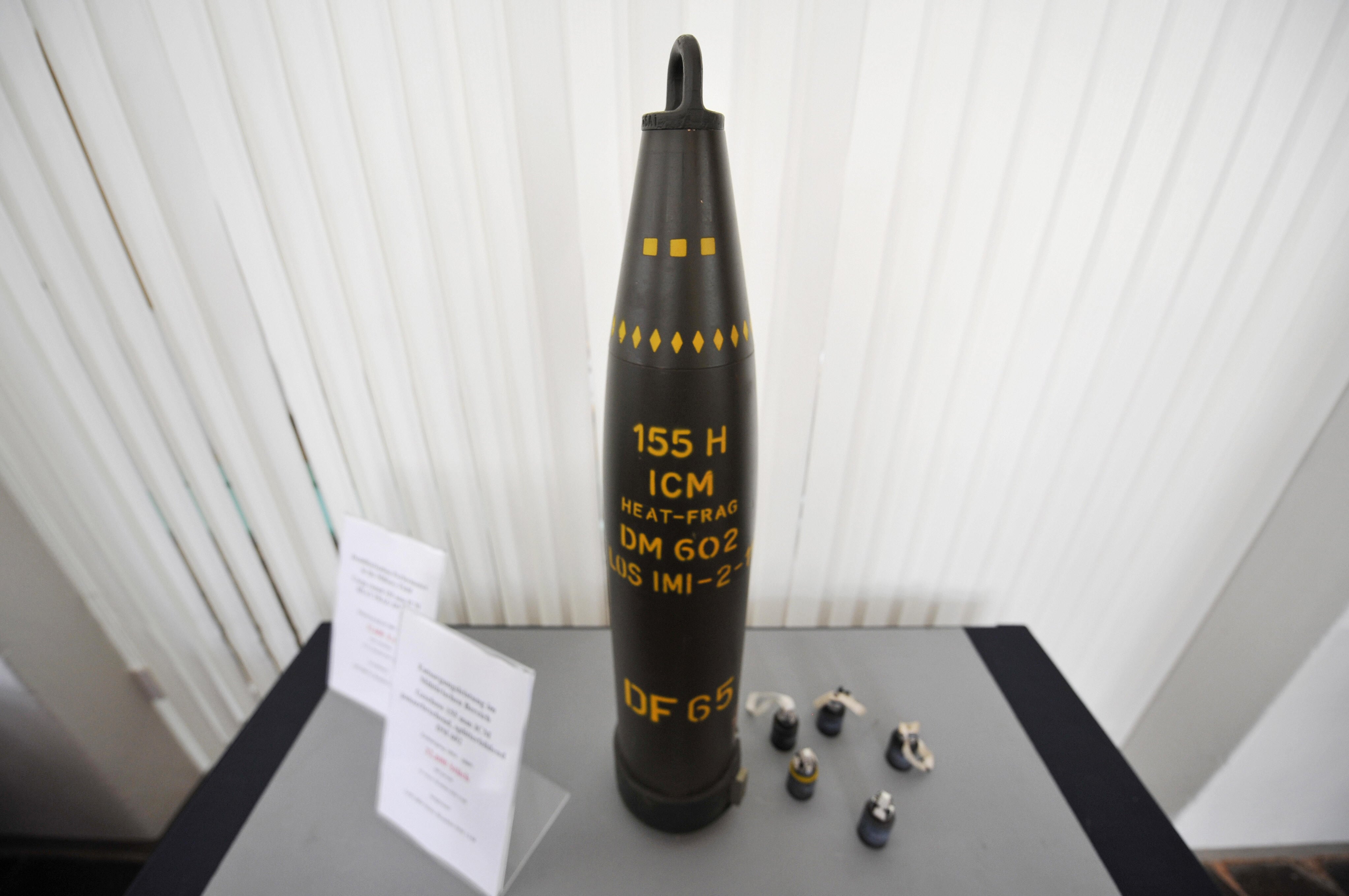The recent geopolitical landscape, marked by the ongoing conflict in Ukraine and return of great power competition, necessitates a reevaluation of NATO’s stance on cluster munitions.
Under the leadership of Jens Stoltenberg, NATO embraced the Convention on Cluster Munitions, or CMC, in 2008, which barred 124 member nations from stockpiling, using or manufacturing these weapons due to their indiscriminate nature and long-term humanitarian impact.
But the grinding continuation of the Russo-Ukrainian War, the largest European conflict since WWII, and the looming threat from a Russian and Chinese “friendship without limits” demands a strategic shift.
As such, NATO’s future effectiveness in deterring Russian aggression hinges on withdrawing from the treaty and resuming the production and deployment of cluster munitions.
The defense of Europe in the face of Russian aggression requires a pragmatic approach that balances moral obligations with strategic necessities. The CMC, while noble in intent, has proven to be a strategic liability.
It is incumbent upon NATO’s new leadership to correct this course, ensuring that the alliance remains capable of defending its member states against present and future threats. Withdrawing from the CMC and reinstating the use of cluster munitions is a difficult but necessary decision to strengthen NATO’s defense posture and secure peace in Europe.
RELATED

It also makes little sense to remain part of a convention on arms control when future arms control deals are unlikely.
The CMC limits NATO capabilities while giving Russia time to build and maintain a defense industrial base that is already well ahead of Europe. The European defense industry has already struggled to produce conventional munitions and re-orienting toward cluster munition production too late could prove disastrous.
NATO under Stoltenberg has had two-and-a-half years of war in Ukraine to lead NATO out of the CMC debacle and suggest that all members withdraw.
However, Stoltenberg’s leading role in the inception of the CMC highlights the inherent contradiction between arms control and deterrence. Weakening NATO’s deterrence capabilities through adherence to the CMC potentially emboldens Russia by making Europe more vulnerable, risking greater loss of life in the event of conflict.
Stoltenberg’s tenure as NATO’s secretary general is marked by a significant contradiction. His role in founding the CMC was driven by humanitarian concerns, but as the leader of NATO, he is responsible for deterring Russian aggression.
At the 2008 CMC, Stoltenberg was quoted saying that “the treaty places moral obligations on all states not to use cluster munitions.” and “banning cluster bombs took too long. Too many people lost arms and legs.”
Despite the CMC’s push for other NATO members to join, European states under more direct threat from Russia — like Finland, Poland, Estonia, and Latvia — have refused to join the convention, leading to a bifurcated NATO.
Stoltenberg, despite his opposition to cluster munitions, has repeatedly suggested that Russia will not stop at Ukraine.
“I think there’s no doubt that President Putin is trying to re-establish a sphere of influence to ensure that Russia has control over neighbor countries,” he said at the Wilson Center in June.
The CMC, while morally driven, has inadvertently weakened NATO, and arguing for a limitation of defensive capabilities despite highlighting the Russia threat to neighboring NATO is contradictory.
The moral inconsistency of Stoltenberg’s role in the CMC and as NATO general secretary is palpable. An organization created to avoid war through deterrence has abdicated its responsibility to provide the best possible defense. Stoltenberg’s inability to reconcile these opposing roles has left NATO in a precarious position, with some member states, like Lithuania, taking independent action to withdraw from the CMC and bolster their defenses.
RELATED

Lithuania’s recent decision to withdraw from the CMC with a decisive parliamentary vote highlights the growing divide within NATO. Eastern European countries, acutely aware of the Russian threat, see the need for cluster munitions as a critical component of their defense strategy. In contrast, Western European nations remain bound by the CMC, creating a rift that undermines NATO’s unity and operational effectiveness. Stoltenberg’s departure and the ascension of Dutch Prime Minister Mark Rutte to lead the alliance offers a crucial opportunity for new leadership to address this divide and establish a cohesive policy.
So far, Rutte has offered no statements on cluster munitions, but to solve the scattered NATO policy on their use, he should take seriously the opinion of NATO nations on Russia’s border.
The Tactical Importance of Cluster Munitions
The practical application of cluster munitions in Ukraine has demonstrated their strategic value. Turkey’s provision of Dual Purpose Improved Conventional Munitions (DPICM) to Ukraine proved pivotal in the Battle of Bakhmut, showcasing the lethal effectiveness of these weapons in multiple pivotal areas.
Cluster munitions can effectively cover large areas, making them ideal for targeting dispersed or moving troops and vehicles. Their dual-purpose nature allows them to be effective against a variety of targets, from light armor to personnel.
The United States approving cluster munitions transfers to Ukraine further underscores their necessity in modern warfare. The delay in providing these munitions due to political debates rooted in the CMC has cost lives and weakened Ukraine’s defense.
NATO members withdrawing from the CMC would not only unify the alliance’s stance but also send a clear signal to Russia regarding NATO’s resolve. The recent support for cluster munitions by Eastern European nations and the practical success observed in Ukraine provides a compelling case for this strategic shift.
Additionally, NATO must take a stand on cluster munitions as an organization, rather than Stoltenberg calling for “governments to decide, and not NATO as an alliance.” The mark of a great leader is the willingness to change positions at inflection points. The defense of Europe requires cluster munitions now, and in the future. This is not 2008.
The Role of China in the Geopolitical Landscape
Moreover, the evolving geopolitical landscape demands that NATO consider the broader implications of its defense strategies, particularly concerning China’s increasing relevance.
China’s strategic partnership with Russia, often described as a “friendship without limits,” has significant implications for NATO. This partnership extends beyond diplomatic support to tangible contributions to Russia’s war effort in Ukraine. China has been accused of providing technology and economic aid that indirectly supports Russia’s military operations, thereby complicating the strategic calculations for NATO.
China’s stance on cluster munitions further underscores the need for NATO to reassess its position. China has refused to join the CMC, prioritizing its military capabilities over humanitarian concerns. This refusal allows China to maintain a robust arsenal that includes cluster munitions, which could potentially be used in future conflicts.
NATO must recognize that adhering to the CMC puts it at a strategic disadvantage not only against Russia but also against a rising China.
John Nagl is professor of Warfighting Studies at the U.S. Army War College.
Dan Rice is president of the American University of Kyiv and the co-president of Thayer Leadership at the U.S. Military Academy at West Point.
John and Dan are both Iraq War combat veterans. This article expresses their views and not those of the United States Army, the Army War College or the Department of Defense. The authors would like to thank Army War College senior intern David Heiner of the University of Denver for his help in the research and editing of this article.





